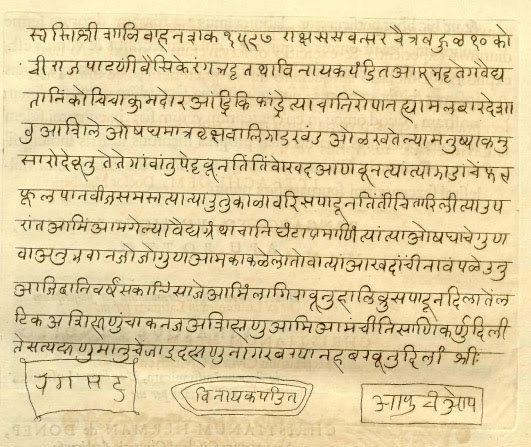Type abugida ISO 15924 Deva, 315 | Direction Left-to-right | |
 | ||
Time period c. 2nd century CE – present Parent systems Proto-Sinaitic alphabet
Phoenician alphabet
Aramaic alphabet
Brāhmī
Gupta
Nāgarī
Nāgarī Barap Child systems Devanagari, Eastern Nāgarī, Nandi Nāgarī | ||
Nāgar Barap (/ˈnɑːɡərbərəp/; नागर बरप Nāgar Barap — Nāgar नागर 'urban' and barap बरप writing) is an abugida alphabet of India. It was the predecessor of the Devanagari script It is written from left to right, does not have distinct letter cases, and is recognizable (along with most other North Indic scripts, with the Gujarati script being an exception) by a horizontal line that runs along the top of full letters.
Origins
Nāgar Barap is part of the Brahmic family of scripts of India, Nepal, Tibet, and South-East Asia. It is a descendant of the Gupta script, along with Siddham and Sharada. Eastern variants of Gupta called Nāgarī are first attested from the 8th century; from c. 1200 these gradually replaced Siddham, which survived as a vehicle for Tantric Buddhism in East Asia, and Sharada, which remained in parallel use in Kashmir. An early version of Devanagari is visible in the Kutila inscription of Bareilly dated to Vikram Samvat 1049 (i.e. 992 CE), which demonstrates the emergence of the horizontal bar to group letters belonging to a word.
